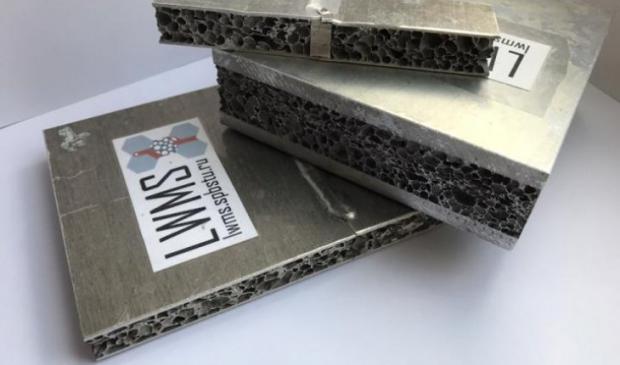
Breaking News
 Trump pardons Mets legend, 'Celebrity Apprentice' alum Darryl Strawberry over tax evasion co
Trump pardons Mets legend, 'Celebrity Apprentice' alum Darryl Strawberry over tax evasion co
 You WON'T BELIEVE How Much Money We're REALLY Sending To Israel!
You WON'T BELIEVE How Much Money We're REALLY Sending To Israel!
 China CANCELS U.S. Soybean Order?! Joel Salatin
China CANCELS U.S. Soybean Order?! Joel Salatin
 Ep 38 Jonathan Haidt: on The Anxious Generation: Childhood in Social Media Age & Fragile College ...
Ep 38 Jonathan Haidt: on The Anxious Generation: Childhood in Social Media Age & Fragile College ...
Top Tech News
 HUGE 32kWh LiFePO4 DIY Battery w/ 628Ah Cells! 90 Minute Build
HUGE 32kWh LiFePO4 DIY Battery w/ 628Ah Cells! 90 Minute Build
 What Has Bitcoin Become 17 Years After Satoshi Nakamoto Published The Whitepaper?
What Has Bitcoin Become 17 Years After Satoshi Nakamoto Published The Whitepaper?
 Japan just injected artificial blood into a human. No blood type needed. No refrigeration.
Japan just injected artificial blood into a human. No blood type needed. No refrigeration.
 The 6 Best LLM Tools To Run Models Locally
The 6 Best LLM Tools To Run Models Locally
 Testing My First Sodium-Ion Solar Battery
Testing My First Sodium-Ion Solar Battery
 A man once paralyzed from the waist down now stands on his own, not with machines or wires,...
A man once paralyzed from the waist down now stands on his own, not with machines or wires,...
 Review: Thumb-sized thermal camera turns your phone into a smart tool
Review: Thumb-sized thermal camera turns your phone into a smart tool
 Army To Bring Nuclear Microreactors To Its Bases By 2028
Army To Bring Nuclear Microreactors To Its Bases By 2028
 Nissan Says It's On Track For Solid-State Batteries That Double EV Range By 2028
Nissan Says It's On Track For Solid-State Batteries That Double EV Range By 2028
Unsinkable aluminum foam

Aluminum foam is produced by adding foaming gas into liquid metal during re-melting of the aluminum material. The porous materials can be used for increase of structures stiffness and sound and heat insulating proprieties, said the SPbPU's Media-center.
"High porosity level can be used to decrease the density of structural elements, e.g. sheets. The density can be decreased even lower than the density of water. Such structural elements will be unsinkable. And its usage in shipbuilding will ensure unsinkability even with the leak in the hull", says Oleg Panchenko, deputy head of the Laboratory of Light Materials and Structures SPbPU, one of the inventors.
In many cases, the carrying capacity of thin materials (1 mm or less) is sufficient for a lot of structures. But material with such thickness sometimes has geometric limitations (the thickness is too small for manipulation) or it can't be joined without deformation. Due to pores in the porous material, it is possible to increase the thickness, maintaining the weight and increase the stiffness of the structure.

 Carbon based computers that run on iron
Carbon based computers that run on iron

